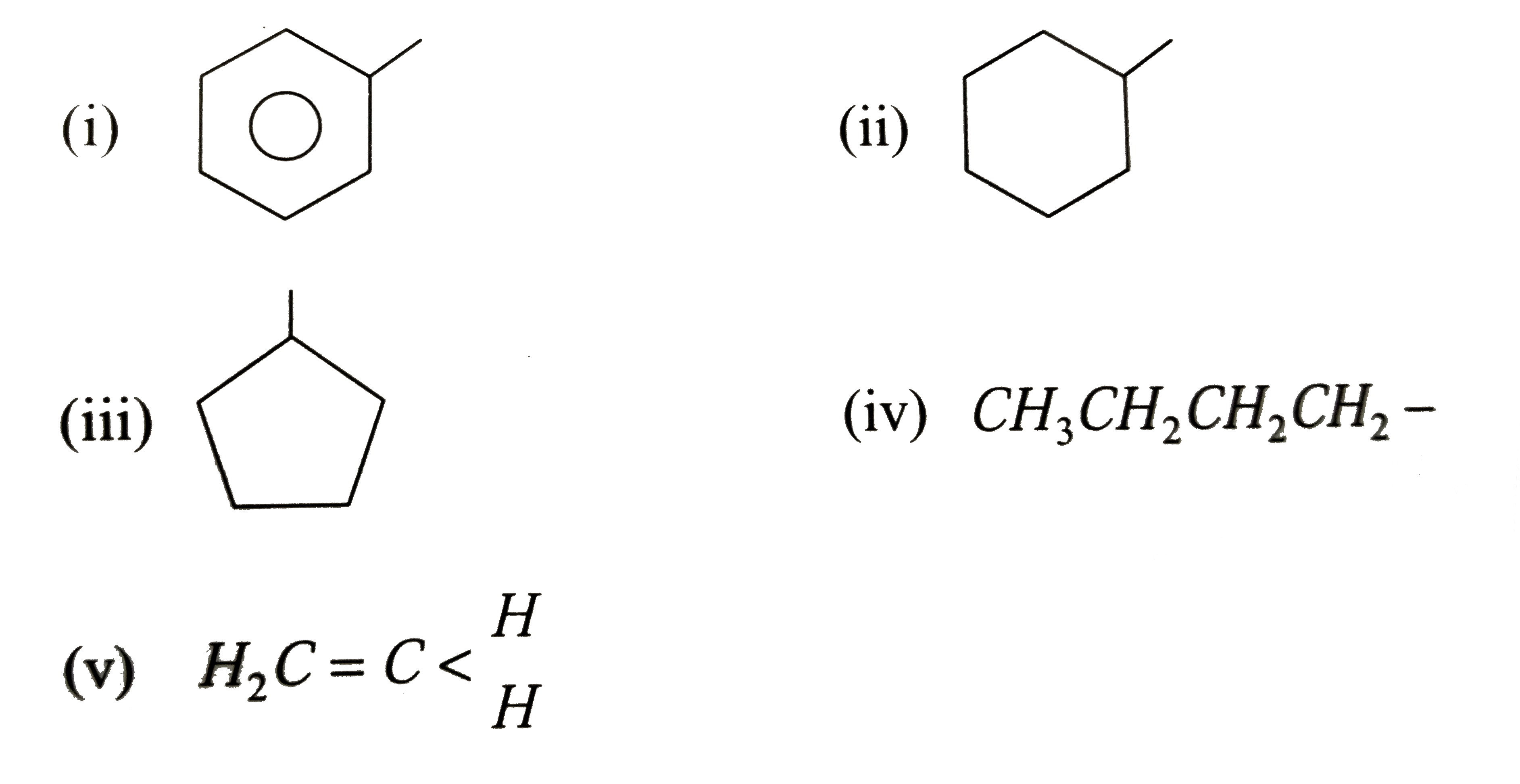Bat and insects have no common ancestry but both have functional wings for fight.This adaptation for aerial life indicates
Advance Radiation
Divergent Evolution
Convergent Evolution
Microevolution
Step-by-Step Solution:
1. Understanding the Question: The question states that bats and insects have functional wings for flight despite having no common ancestry. This prompts us to analyze the significance of this adaptation.
2. Identifying the Type of Evolution: Since bats (mammals) and insects (arthropods) have evolved wings independently, this scenario is a classic example of convergent evolution. Convergent evolution occurs when different species develop similar traits or adaptations due to similar environmental pressures or functions, despite having different ancestral origins.
3. Defining Analogous Structures: The wings of bats and insects are considered analogous structures. Analogous structures are those that serve similar functions but do not share a common evolutionary origin. In this case, both bats and insects have wings that enable them to fly, but the wings are structurally different and evolved independently.
4. Conclusion: The adaptation of wings for flight in both bats and insects illustrates convergent evolution, where different species evolve similar traits as a response to similar environmental challenges, leading to the development of analogous organs.
Final Answer: The adaptation for aerial life in bats and insects indicates convergent evolution, as both have developed functional wings independently, resulting in analogous structures.
---
Topper's Solved these Questions
Similar Questions
Bat and insects have no common ancestry but both have functional wings for flight. This adaptation for aerial life indicates
View SolutionExamine the following common chemical structures to which simple functional groups are often attached

Which of these systems have essentially planar geometry
View Solution
Knowledge Check
[A]: Homologous organs are similar in basic structure and embryonic origin, but serve dif- ferent functions.
[R]: Similarity in basic structure points to common ancestry whereas diversity in func- tion reflects adaptation to different modes of life.AIf both A and R are true and R is the correct explanation of ABIf both A and R are true but R is not the correct explanation of ACIf A is true and R is falseDIf both A and R are falseAssertion : Homologous organs have common ancestry and similar function.
Reason : Analogous organs have unlike origin and dissimilar function.AIf both the assertion and the reason are true and the reason is a correct explanation of the assertionBIf both the assertion and reason are ture but the reason is not a correct explanation of the assertionCIf the assertion is true but the reason is falseDIf both the assertion and reason are falseRead the following five statement (A to E) and select the option with all correct statements:
(A) Analogy indicates common ancestry.
(B) All the existing life forms share similarities and share common ancestors.
(C ) Conventional religious literature supports the theory of special creation.
(D) Sweet potato (root modification) and potato (stem modification) is na example for homology.
(E) Fossils are remains of hard parts of life-forms found in rocks.A(A), (D) and (E)B(B), (C ) and (E)C(A), (C ) and (D)D(A), (B) and (D)
Assertion:Human and great apes have a common ancestry.
Reason:Man and chimpanzee have similar banding pattern of chromosomes number 3 and 6
View SolutionAssertion . All terrestrial vertebrates are air -breathers.
Reason . They have developed lungs for air breathing an adaptation for land life.
View SolutionHow many of the given statements are incorrect ?
I. The Universe is almost 20 billion years old.
II. Analogy indicates common ancestry.
III. When adaptive radiation has occurred in an isolated geographical area, one can call this convergent evolution.
IV. Natural selection is based on certain observations which are factual.
V. Hardy-Weinberg principle says that allele frequencies in area are unstable.
View SolutionAssertion:Human and great apes have a common ancestry.
Reason:Man and chimpanzee have similar banding pattern of chromosomes number 3 and 6
View SolutionAssertion : All primates have a common ancestry.
Reason : The most primate was shrew like animals.
View Solution
